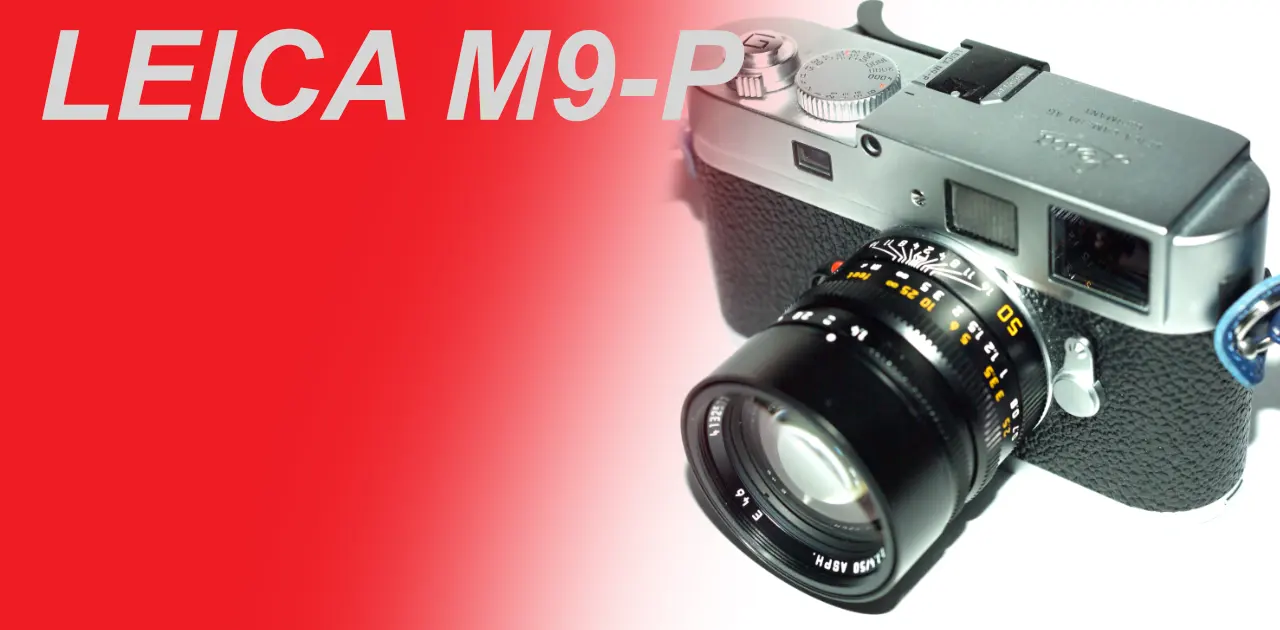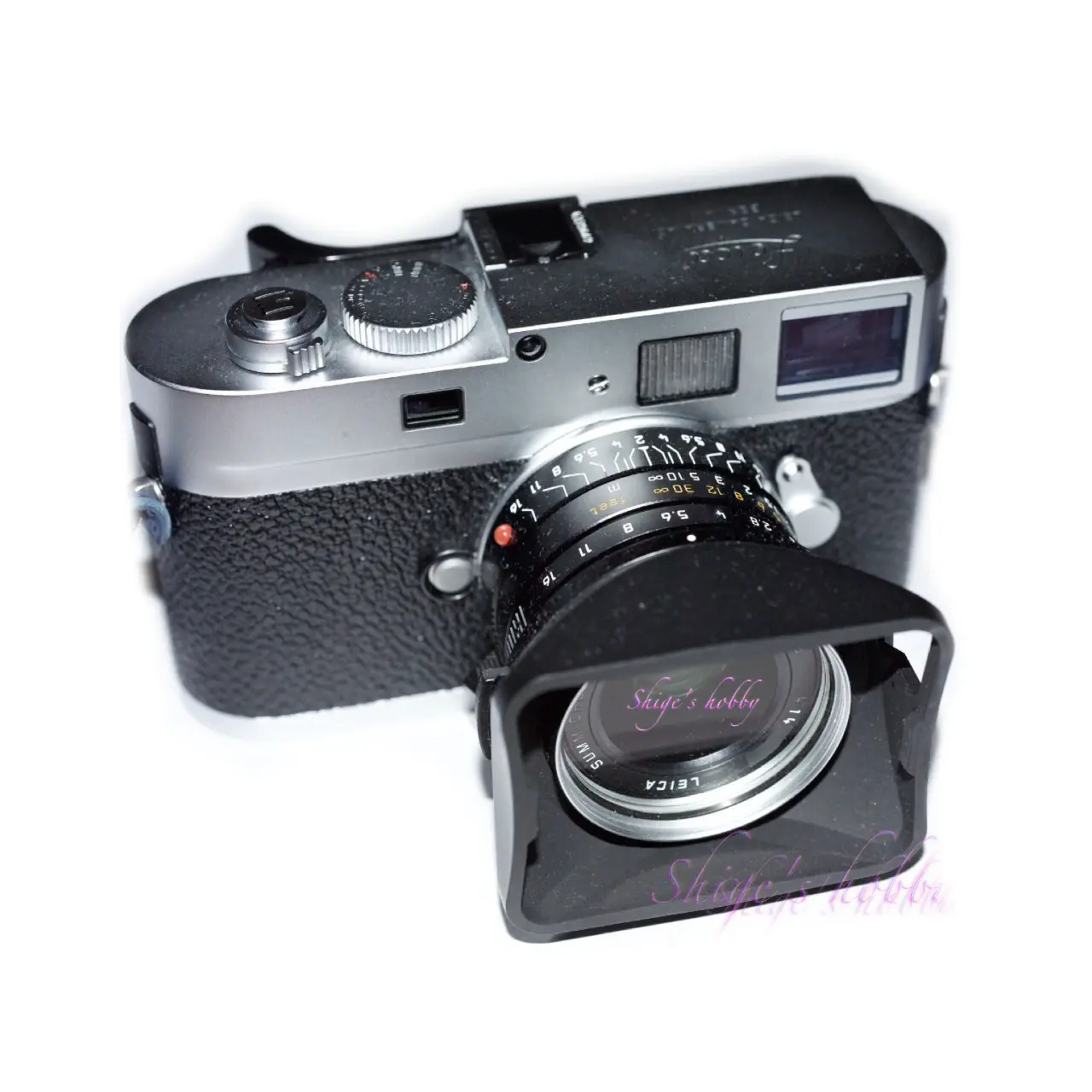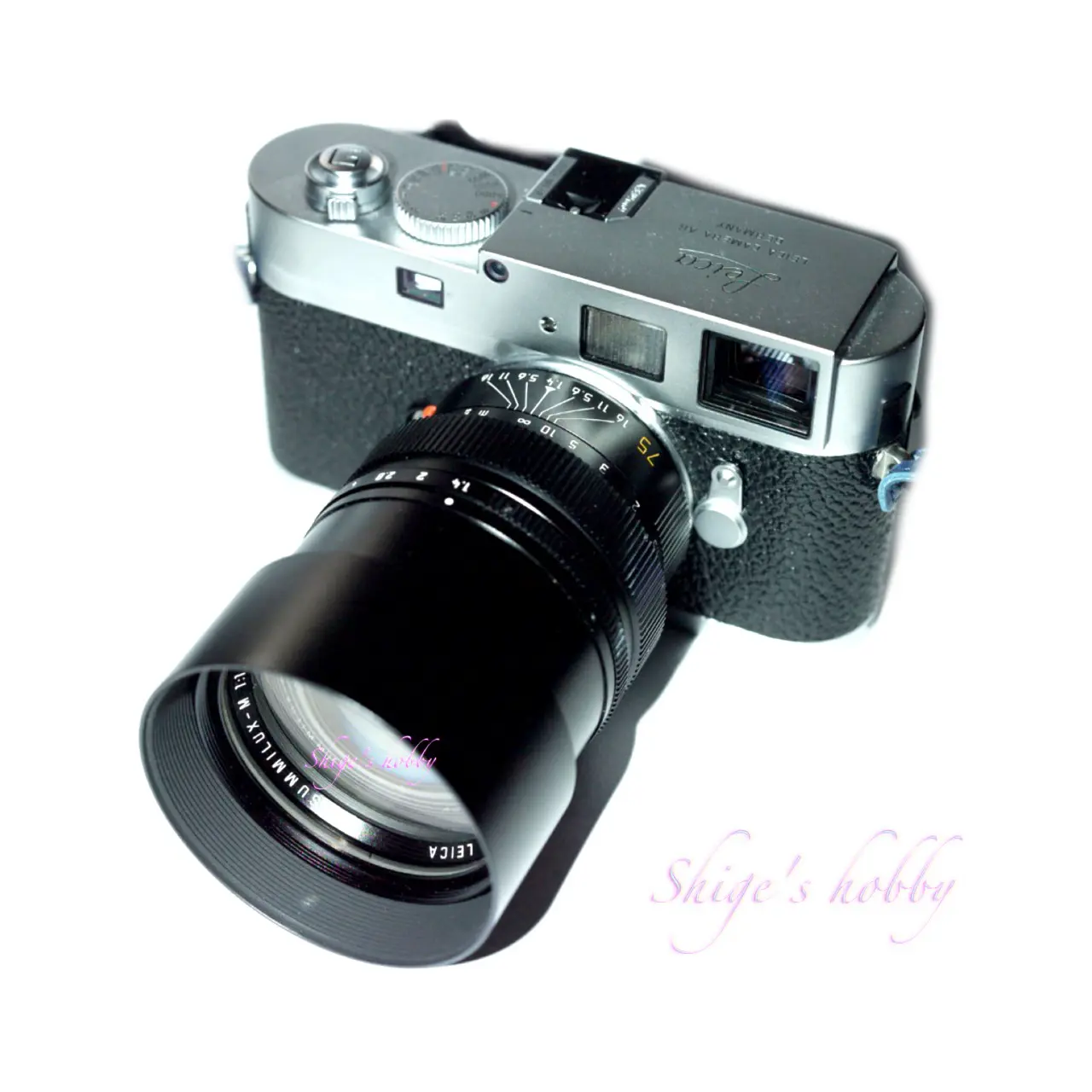マイチェン M9, LEICA M9-P

LEICA M9-Pのレビューと写真作例
目次
ギャラリー
- 写真作例の撮影に使用したレンズは、SUMMICRON M 28mm、SUMMILUX M 75mm
レビュー


1.概要
ライカM9-Pはライカ M9をマイナーチェンジし、名称に「-P」を付加したカメラ。
ライカ M9-PととM9の違いは次の3点だ。
- 正面の赤バッチの除去
- トップカバーにライカロゴを付加
- 液晶のカバーガラスをサファイアガラスに変更
カメラ末尾の「-P」については、まとめの先に記した。
また、M9-Pは100台限定のハンマートン外装に専用のズミクロン 35mm F2が添付されたモデルをはじめ、エルメスバージョン、ホワイト、レッドレザーなどいくつかの限定カメラが販売された。
2.使用感
ライカ M9の基本的なレビューについては、ライカ M9のページをご覧いただきたい。
M9-PはM9とカメラの基本的な性能は変わりなく、価格差を正当化する理由は外装のみだ。赤バッチを外したシンプルな外観に惹かれるならば所有する意味はおおいにある。
仕事で使う道具でない趣味の道具、とくにカメラの外観は写欲と直結するため、撮影を楽しむのであれば、手になじむもの、持ってわくわくする物を選ぶのは重要だ。気に入らないものをわざわざ持ち歩くのは精神衛生上よくないと思う。
ライカ M9シリーズにあたる、M9、M9-P、M-E(M9ベースのカメラ)にはセンサー剥離という大問題がある。詳細はライカ M9のページに記載をしている。
3.まとめ
結論として、LEICA M9-Pをまとめると、LEICA M9のマイナーチェンジでカメラ機能にM9とM9-Pに差はない。
1800万画素あるため一般的な使用にはまったく問題ないけれど、センサー剥離問題はこのカメラにも存在する。
センサー交換された良品を高価で買うか、不良のセンサーカバーガラスを交換してまで使うかは微妙だ。
ライカカメラのPモデル
M型ライカのPモデルは、フィルムカメラのM4の時代にM4-P、M6TTLの名称変更となるM-P、デジタルカメラになってからは、M9-P、M-P、M10-P、M11-PとM型ライカのマイナーチェンジ版の末尾番号として利用されている。
フィルムのM4とM4-Pの違いは、ブライトフレームに28mmと75mmが追加されただけでカメラの性能に違いはない。デジタル時代のPも外装の変更とカメラ機能の若干のアップデートであり、カメラの本質的な差はない。
以下表にデジタルMにおける、無印とPモデルの違いをまとめた。
| 無印 | Pモデル | |
| M9 vs M9-P | トップバー刻印なし 赤バッチあり 通常ガラス | トップバー刻印あり 赤バッチ無し サファイヤカバーガラス |
| M vs M-P | トップカバー刻印なし 赤バッチあり ゴリラガラス バッファメモリー 1GB | トップカバー刻印あり 赤バッチなし サファイアガラス バッファメモリー 2GB |
| M10 vs M10-P | トップカバー刻印なし 赤バッチあり | トップカバー刻印あり 赤バッチなし シャッター機構の静音化 タッチパネル式モニターの搭載 |
| M11 vs M11-P | トップカバー刻印なし 赤バッチあり ゴリラガラス 内蔵メモリー:64 GB | トップカバー刻印あり 赤バッチなし サファイアガラス 内蔵メモリーを256GB Leica Content Credentials |
仕様・シリーズカメラ
| モデル名 | M9 | M8 |
| カメラ有効画素数 | 18.0-Megapixels | 10.3-Megapixels |
| 映像素子 | KAF-18500 | Kodak KAF10500 |
| センサーサイズ | 35mm Full frame 35.8 × 23.9 mm | APS-H Size 27 x 18mm |
| 背面液晶サイズ | 2.5 インチ 23万画素 | 2.5 インチ 23万画素 |
| 液晶解像度 | 23万ドット | 23万ドット |
| ファインダー倍率 | 0.68 | 0.68 |
| 最高シャッター速度 | 1/4000 | 1/8000 |
| バッテリー | Leica 14464 | Leica 14464 |
| メディア | SDHC | SDHC ファーム2.0 |
| サイズ mm | 139 x 80 x 37 | 139 x 80 x 37 |
| 重量 g(本体のみ) | 585 | 545 |
| リリース年 | 2009.9 | 2006.11 |
| カラー | ブラック・グレー | ブラック・シルバー・ホワイト |
オプション
- LEICA M8、M8.2、M9、M9-P、M-E ハンドグリップ(下面カバーごと取り替え)
- サムズアップ
参考リンク
- WikipediaによるLEICA M9の説明ページ
- SUMMICRON M 28mm ASPH.・Shige’s hobby
- SUMMILUX M 75mm・Shige’s hobby
- LEICA M8・Shige’s hobby
更新履歴
- 2024.06.11
- 2024.02.19
- 2023.04.26
広告
- LEICA Rレンズ・Ads by Rakuten
- LEICA L39 レンズ・Ads by Rakuten
- LEICA M レンズ・Ads by Rakuten
- ライカレンズ・Ads by Amazon
- ライカデジタル・Ads by Amazon
- ライカボディ・Ads by Amazon
- ライカアクセサリー・Ads by Amazon
- ライカ書籍・Ads by Amazon
- LEICA R-Adapter-L (16076)・Ads by Amazon
- LEICA R8・Ads by Rakuten

コメントを残す